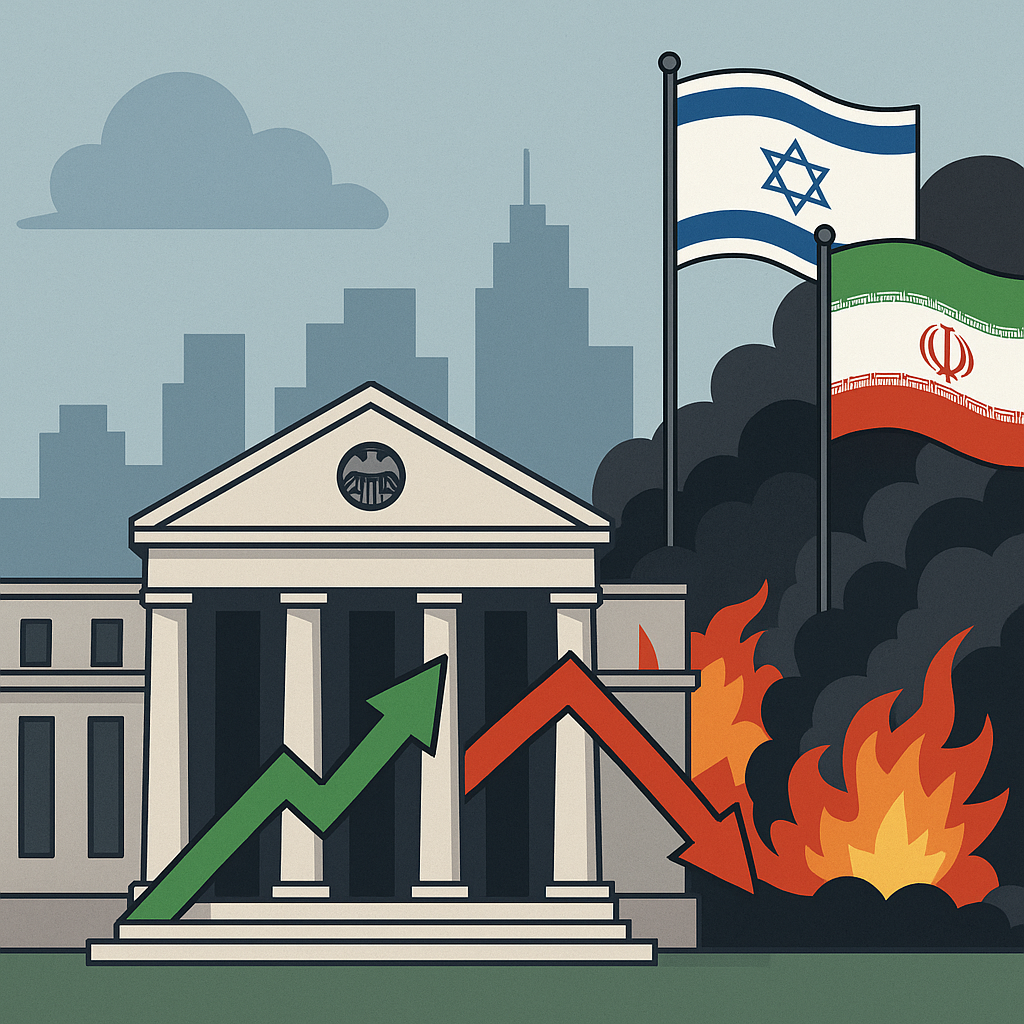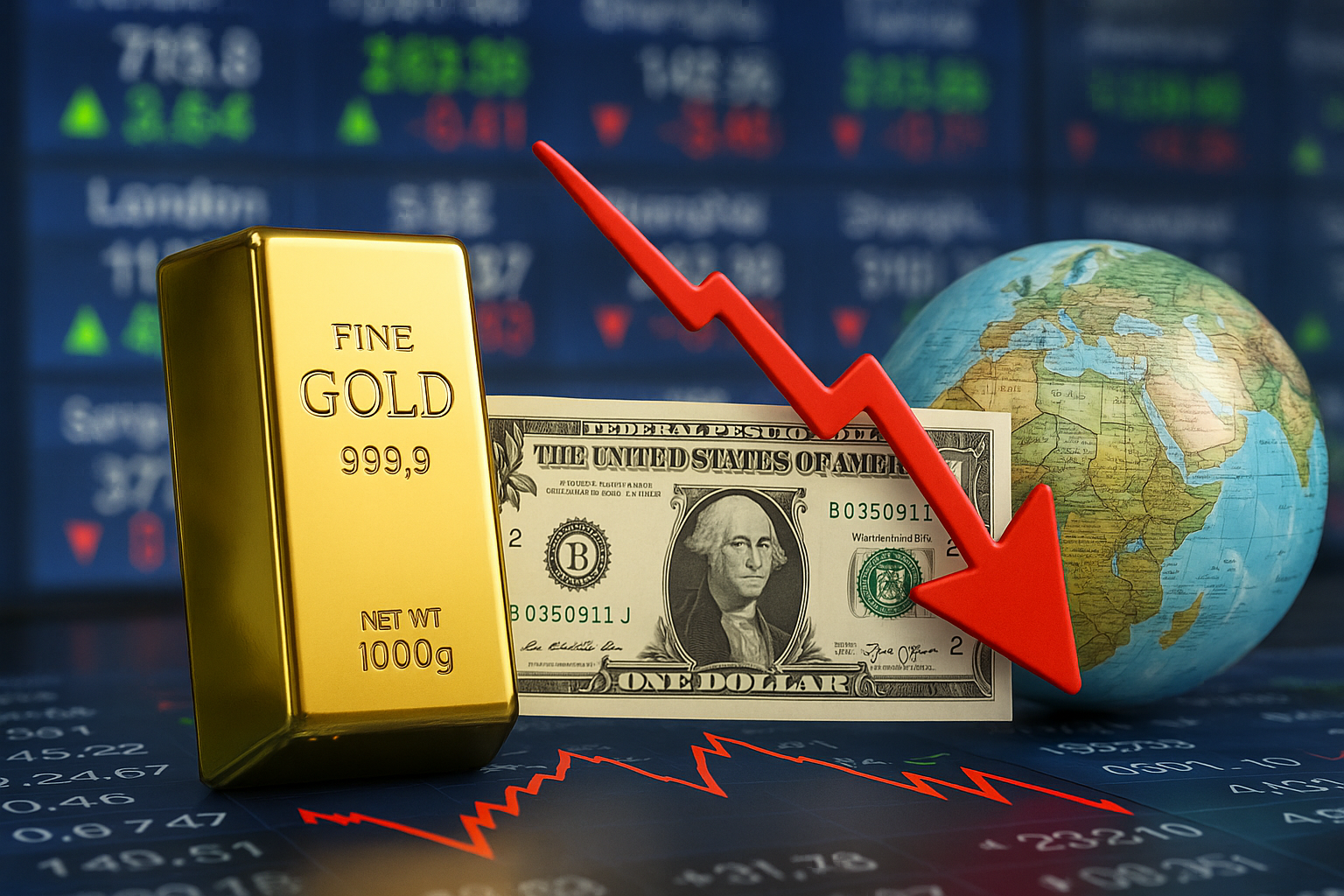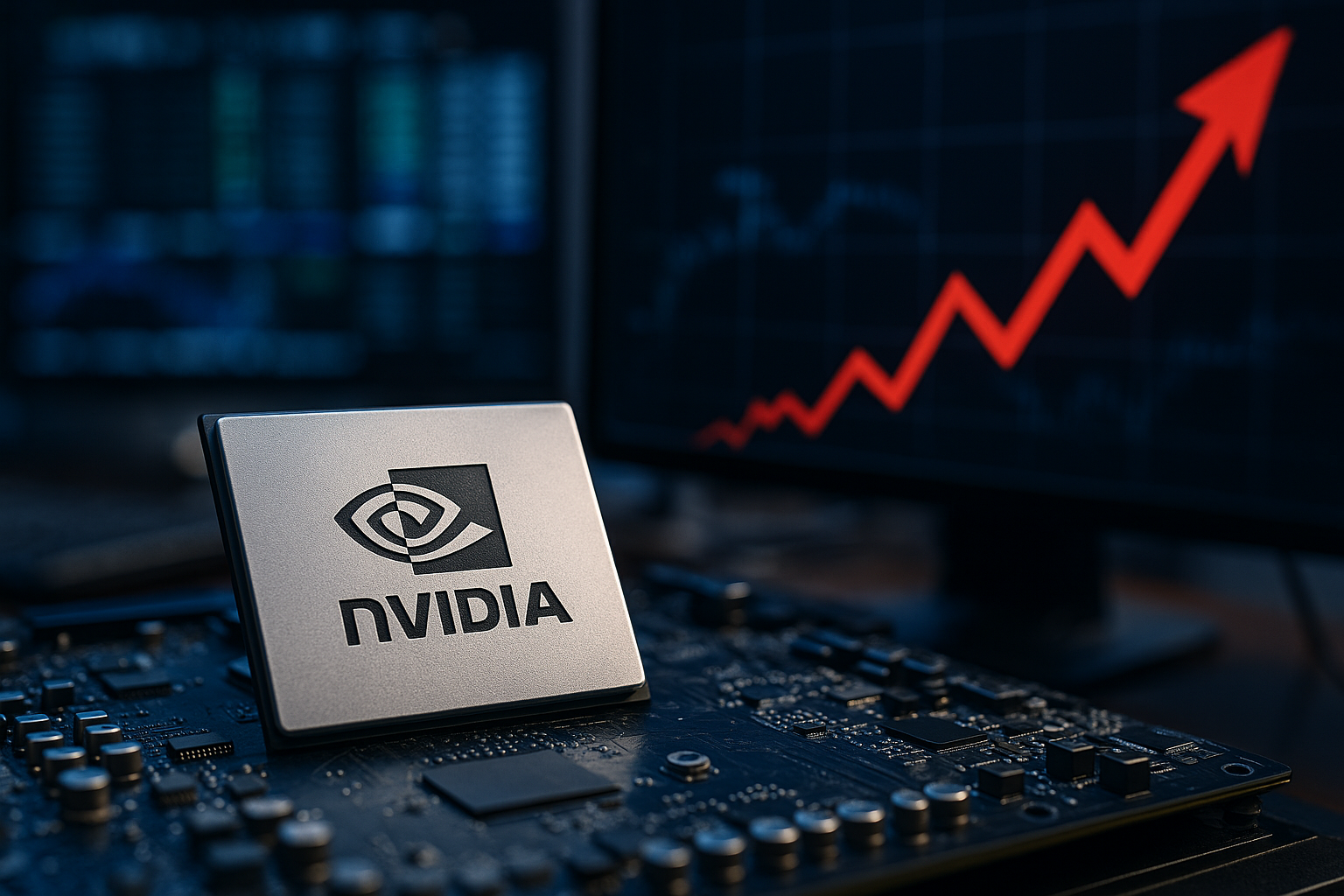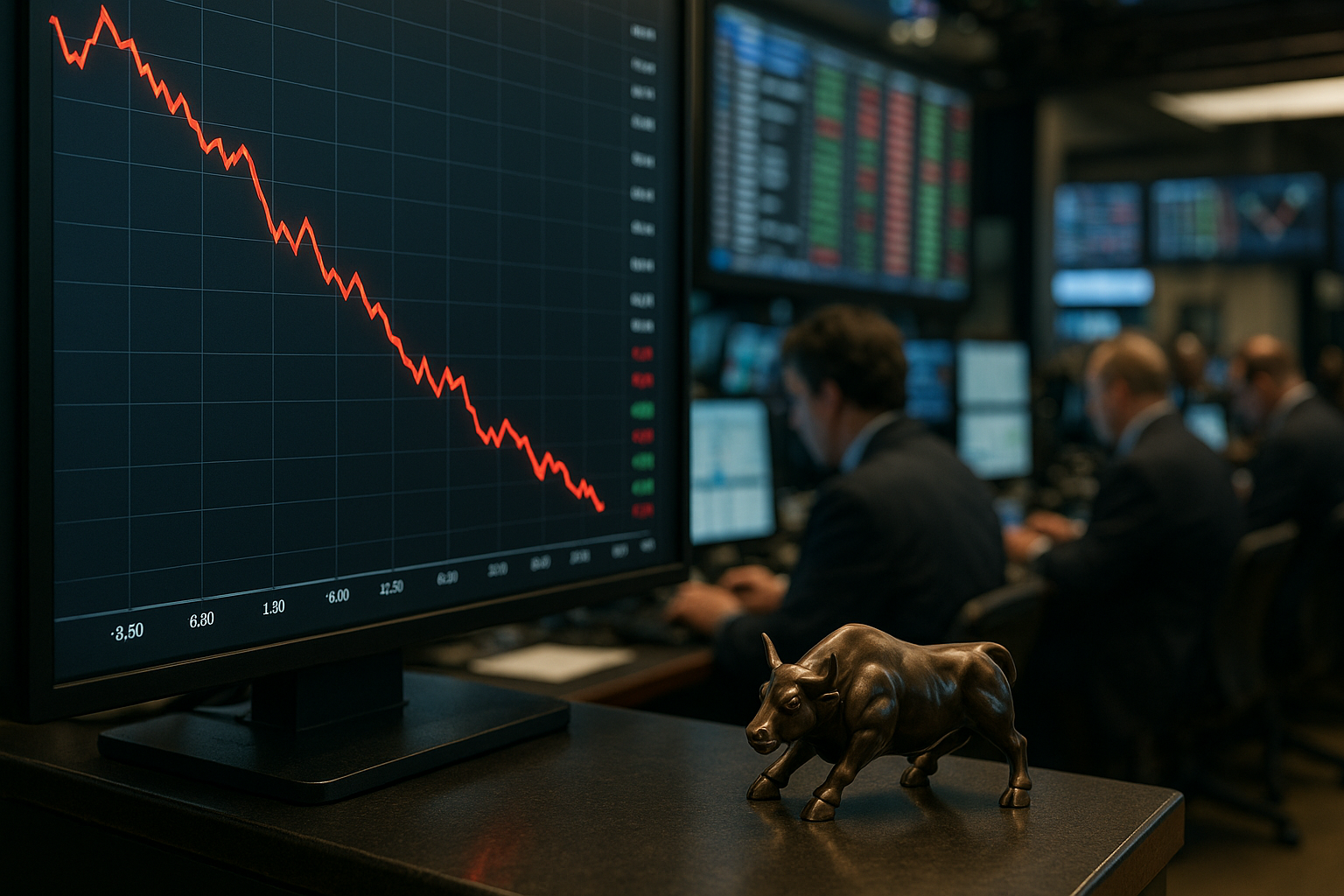As markets brace for today’s Federal Reserve policy announcement, global investors are keeping a close eye on not just interest rates, but an increasingly volatile geopolitical backdrop. With the Israel–Iran conflict threatening regional stability and oil markets flashing early signs of stress, cautious sentiment is dominating Wall Street’s early trading cues.
Markets in Wait-and-See Mode
U.S. stock index futures were flat in pre-market trading Tuesday, June 18, as investors await clarity from the Federal Open Market Committee (FOMC) on the future direction of interest rates. Dow Jones Industrial Average, S&P 500, and Nasdaq Composite futures all showed limited movement, suggesting that traders are treading lightly ahead of Fed Chair Jerome Powell’s press conference.
According to the CME FedWatch Tool, there’s a 97% probability the Fed will hold rates steady at the current range of 5.25%–5.50%. However, market participants are increasingly concerned about the Fed’s updated economic projections and the tone Powell strikes regarding inflation persistence and potential cuts in late 2025.
“The real market mover will be the dot plot and Powell’s guidance,” said Quincy Krosby, Chief Global Strategist at LPL Financial, in a note quoted by Reuters. “Investors want reassurance that rate cuts remain on the table despite recent inflation stickiness.”
Why This Matters for Investors
While the Fed’s near-term decision is largely priced in, the geopolitical uncertainty emerging from the Middle East could quickly alter the market’s risk calculus. Over the weekend, tensions flared again as reports suggested Iranian proxy groups escalated threats against Israel. This added fuel to energy price volatility, with Brent crude briefly pushing past $87 a barrel before easing slightly.
This confluence of monetary policy uncertainty and geopolitical risk is leading institutional investors to hedge their exposure. U.S. Treasury yields have pulled back slightly, signaling increased demand for safe-haven assets, while the CBOE Volatility Index (VIX) edged above 15 for the first time in weeks.
Sectors traditionally seen as defensive—utilities, consumer staples, and healthcare—have outperformed over the past five sessions, as money rotates out of cyclical growth stocks.
Future Trends to Watch
1. Oil Prices as a Sentiment Barometer:
If the Israel–Iran situation escalates into a broader regional conflict, expect upward pressure on oil prices. This could reignite inflationary concerns and complicate the Fed’s policy path in the second half of 2025.
2. Rate Cuts Still Possible—but Later:
Analysts at Goldman Sachs and Morgan Stanley still expect at least one rate cut before year-end, but both firms have recently pushed back their forecasts to Q4 2025, contingent on cooling inflation data.
3. AI and Tech Momentum Faces Pause:
With risk appetite subdued, momentum-heavy sectors like tech and AI are vulnerable to short-term pullbacks. Investors may look for re-entry opportunities on weakness, particularly in large-cap names with strong balance sheets.
Key Investment Insight
In times of heightened macro and geopolitical uncertainty, capital preservation and sector rotation are key strategies. Investors should:
- Rebalance portfolios to include more defensive assets such as dividend-paying utilities or healthcare ETFs.
- Monitor energy markets closely as a proxy for risk appetite and inflation expectations.
- Avoid overreacting to short-term volatility but stay nimble as Fed guidance evolves post-meeting.
Stay Ahead with MoneyNews.Today
As today’s Fed meeting unfolds and global headlines shift markets minute-by-minute, staying informed is more critical than ever. Count on MoneyNews.Today to bring you timely, data-driven insights that help you navigate volatility and spot emerging opportunities.





